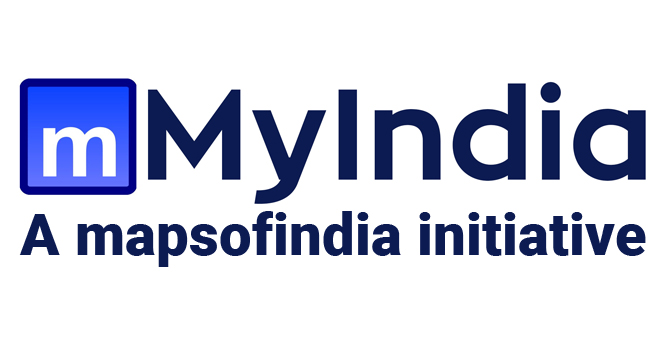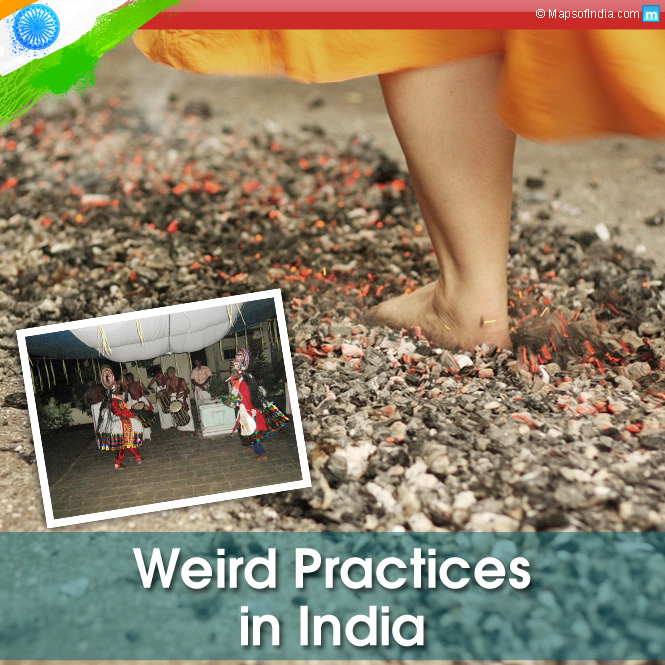Creating new jobs is a crucial task and plays an important role in the economy. Drop in the financial market hits job market and creates unemployment. India has the largest population of youth in the world with about 66% of the population under the age of 35, so impact of declining financial market is the worst in India. Though education level in the recent years has increased but skill development is still a crucial issue. Moreover, poverty, limited access to skill based education, work experience are some of the major factors that lead to unemployment and underemployment. During recession, job freezing is the most common occurrence done by hiring companies. Under such circumstances there is a greater degree of unemployment.
What is unemployment and its types?
Unemployment is a situation when a capable and willing to do job workforce does not get work.
Different forms of unemployment occur, few are not that harmful but few are very risky for the society as a whole. People waiting for their first job come under frictional unemployment. Such kind of unemployment is not regarded as dangerous and can be improved by creating more awareness regarding new job openings. Then comes the seasonal unemployment and this is specific to certain seasonal industries like tourism and farming. To reduce this, people must be encouraged to take other jobs in off season. The worst type of unemployment is the structural one. It comes into picture when there is a change in the structure of an economy. It is long term unemployment and can be caused by various reasons. Machines replacing human, change in the behaviour of consumer, etc are the causes. Structural unemployment can be reduced to great extent by providing retraining, on job training and by making people occupationally flexible.
Unemployment statistics in India
The Labour Bureau under Union Ministry of Labour and Employment released an Annual Employment & Unemployment Survey report. The report for 2012-13 states that Sikkim has the maximum number of unemployed people where as Chhattisgarh has the minimum number of unemployed people in the country. Overall unemployment rate of the country is 4.7%. In Northern India, Jammu and Kashmir has the maximum unemployment rate followed by Himachal Pradesh, Delhi, Chandigarh, Punjab and Haryana. Unemployment rate in rural area is 4.4% whereas in urban area it is 5.7%.
According to a National Sample Survey Office (NSSO) last year also there was a dip in India’s employment rate that had gone down to 38.6% in 2011-12 (July-June) from 39.2% in 2009-10. With this unemployment rate had gone up from 2.5% to 2.7%. In the year 2004-05 the employment rate was 42%. In the five year period falling between 2004-05 and 2009-10, 2.7 million new jobs were created where as in the previous five years 60 million new jobs were created. As per the survey number of women who lost their jobs was more than that of men. Number of employed men between 2009 and 2012 remain almost same but number of employed women dropped from 18% to 16%. Though in terms of percentage it looks small but the actual figures are really daunting. In rural sector about 90 lakh women lost their jobs in the period of two years. On the other hand 35 lakh women were added to the workforce in urban areas. Overall unemployment rate in females was more as compared to males. For females it was 7.2% whereas for male the unemployment rate was 4%.
State of Kerala being the most literate state in India had the highest rate of unemployment, i.e, close to 10% among the large states. Whereas rate of unemployment in West Bengal was 4.5% and in Assam it was 4.3%.
At the same time, decline in job creation has also been revealed by Monster.com through its Monster Employment Index India. Monster is one of the biggest online job portals. Because of the global economic conditions, Indian employers have posted less number of jobs in this job portal. The Monster Employment Index is a monthly measure of online job posting activity. The data is based on a real-time assessment. The same sluggish growth has been shown by the Naukri Job Speak Index of Naukri.com.
Number of workforce in agriculture sector has gone down and for the first time it is below 50%. The farm sector now has 49% of the workers whereas manufacturing sector has 24% and services sector has 27% workforce.
India must see and consider employment as a major driver of the economy. Economic growth in 2009-10 was 9.3% whereas in 2011-12 it came down to 6.2%.
Jobless youth is left with no other option but to go for self employment and if he does not possess specific skill then youth has to do low paying jobs like hawking magazines, etc.
On the other hand youth is now more interested in skill based job as salary is better. This has been shown by an increase in the education loans in India. As per the data by Reserve Bank of India, in the past four years, outstanding education loan in the category of personal loan has almost doubled. Also there is a rise in the number of defaulters of education loan that clearly indicates the unemployment state in India especially for students who are looking for a job is bad.
According to the reports by NSSO, illiterate population has the lowest unemployment rate. Because this segment of the society is ready to do low paying jobs. Educated youth is facing the most of unemployment that shows lack of skill based employment opportunities in India.
Impact of Unemployment
Apart from financial impact, unemployment has many social impacts like theft, violence, drug taking, crime, health as well as it leads to psychological issues. Next comes the poverty that is directly linked with unemployment as well as inequality. Long term unemployment can actually ruin the family and the society.
Updates
In September 2015, the unemployment reached a mark that 23 lakh people applied for 368 posts of peon in the state secretariat in Uttar Pradesh. Among the applicants, 255 candidates with a PhD degree and more than two lakh hold BTech, BSc, Mcom and MSc degrees.
Read Also:
No interviews for junior posts in Govt. jobs from Jan. 1
Employment Exchanges becoming National Career Counseling Centres (NCCC)
Rural Employment in India
Problems faced by youth in india
Skill India Programme
Disguised Unemployment in India
MNREGA
Family planning in India
Overpopulation in India
Democracy in India
Reservation or quota system in India
Poverty and its causes in India
Causes of rural poverty
Job insecurity and how to cope with it





